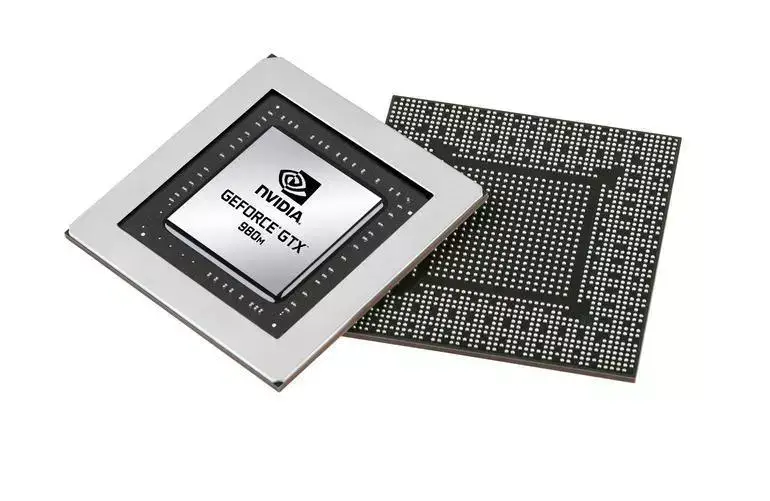
I am planning to buy a new computer for the sole purpose of gaming. While browsing through different computer configurations, I noticed that even with CPUs that contain integrated graphics a dedicated graphics card was also present. This leads me to think why do integrated graphics have so much lower performance compared to discrete graphics?
Integrated GPU Performance Less Than Discrete Graphics

Integrated Graphics are, well, as the name suggests are integrated within the CPU. Integrated GPUs (Graphics Processing Units), especially Intel UHD Graphics are very common in the consumer PC market. However, it is a well-known fact that if you want to do any task that is graphics intensive, it is strongly recommended to have a dedicated GPU.
There are many factors that dictate the lower performance of integrated GPUs. In fact, one can easily understand the difference in performance just by looking at the mere size of the CPU chip and a dedicated graphics card. A graphics card will almost always be bigger in size than your CPU.
Simply put, there isn’t enough space in the CPU chip to house a powerful GPU. The components of an integrated GPU are very tightly packed and this affects its performance. Another factor that reduces the performance of integrated GPUs that can be understood just by looking at a dedicated graphics card is the mere size (and number in some cases) of the cooling fans.
A graphics card produces a large amount of heat, a CPU also produces heat. So, if we were to have a high performance integrated GPU, the amount of heat generated will be unmanageable. This heat can harm other components on the motherboard along with the CPU.
Thus, it is understandable why integrated GPUs have lower performance than dedicated graphics cards. Recent technological developments have however lead to decently powerful integrated graphics that can run light and e-sports games at decent frame rates on low or even medium settings.















